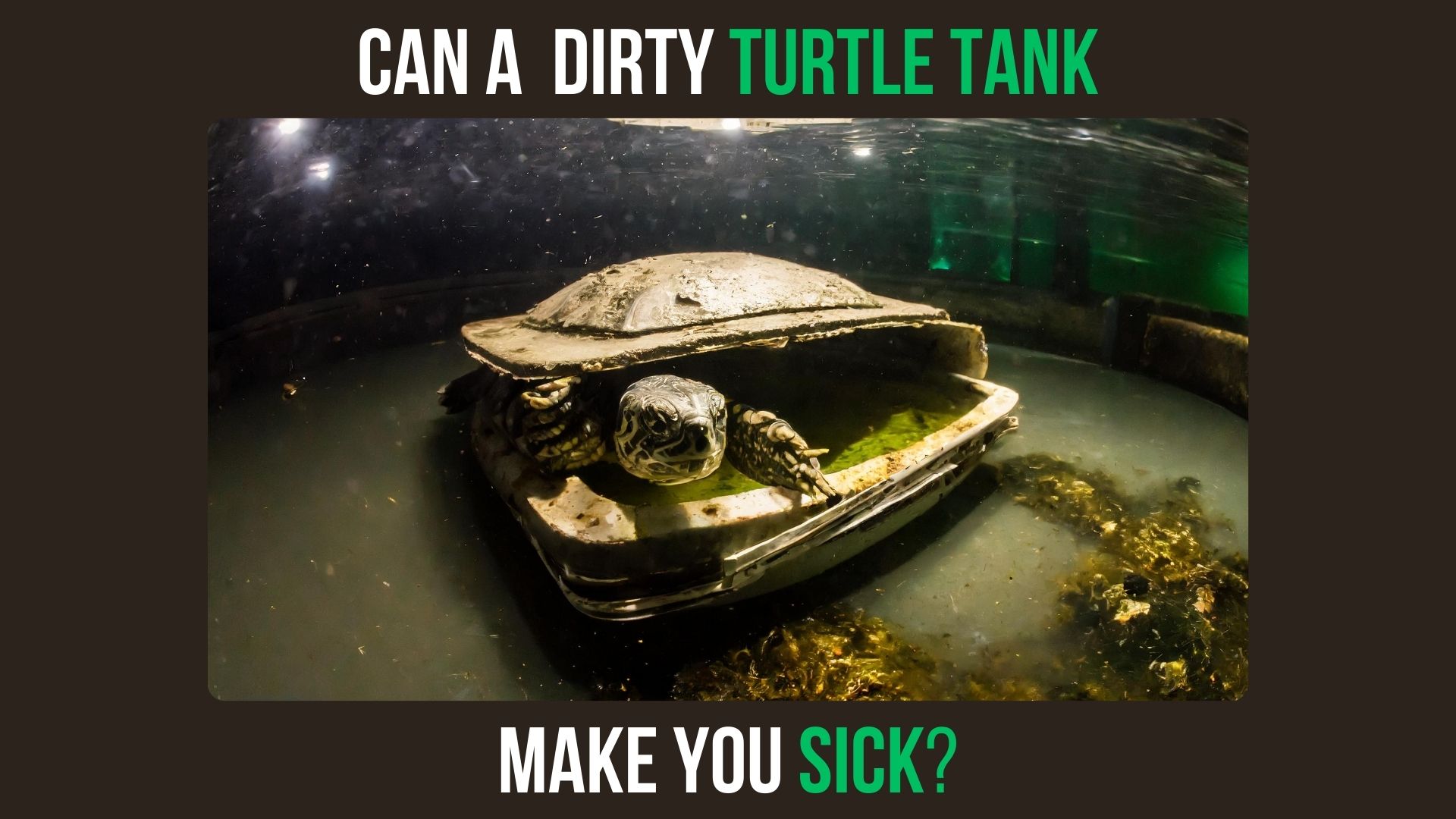A dirty turtle tank can make you sick due to the harmful bacteria and pathogens present in the unclean water. A clean and well-maintained turtle tank is essential for the health and well-being of both the turtles and their owners.
However, neglecting the cleanliness of the tank can lead to a buildup of harmful bacteria and pathogens that can pose serious risks to human health. This is especially true when it comes to a dirty turtle tank, as the unclean water becomes a breeding ground for various disease-causing organisms.
We will explore the potential health hazards of a dirty turtle tank and why it is important to maintain cleanliness and hygiene in your turtle’s habitat. By being aware of these risks and taking appropriate measures, you can ensure a safe and healthy environment for both you and your turtle companion. So, let’s delve into the topic and understand the implications of a dirty turtle tank on human health.
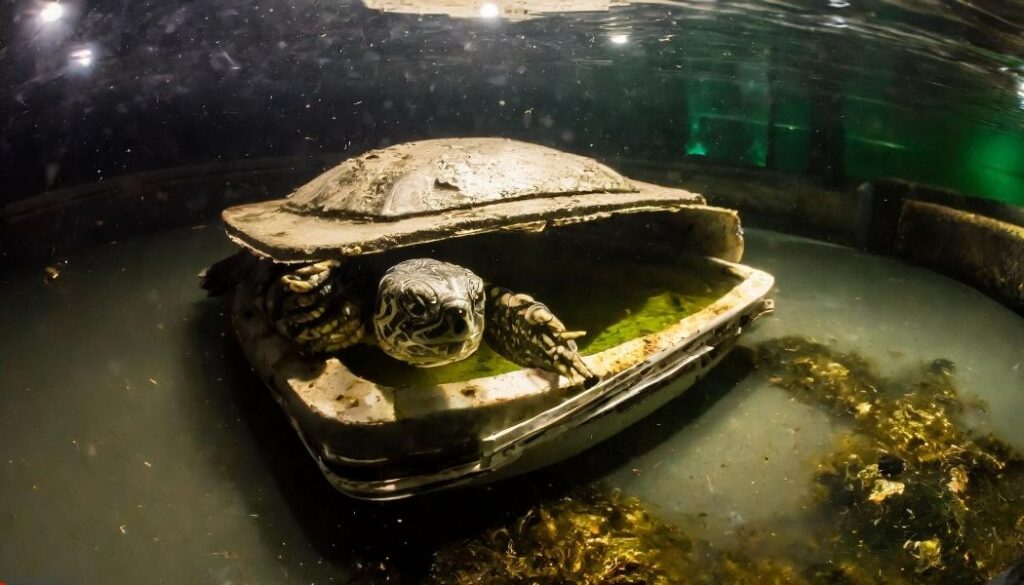
The Bacteria In A Dirty Turtle Tank
A dirty turtle tank can harbor various types of bacteria that can pose health risks to both the turtles and humans. It is important to understand the different types of bacteria that can thrive in such an environment.
Turtle tanks that are not properly maintained can become breeding grounds for harmful bacteria. These bacteria can enter the tank through contaminated water, food, or even the turtles themselves. They then multiply rapidly in the warm and moist environment.
| Type of Bacteria | Description |
|---|---|
| Salmonella | Common bacterium found in turtle feces that can cause severe diarrhea, fever, and abdominal cramps in humans. |
| E. coli | Another bacterium commonly found in turtle tanks, which can cause infections ranging from mild diarrhea to severe kidney problems. |
| Staphylococcus | This bacterium can cause skin infections or more serious conditions such as pneumonia, meningitis, or blood poisoning. |
Health risks associated with bacteria in turtle tanks
Exposure to bacteria in a dirty turtle tank can lead to various health issues, especially for individuals with weakened immune systems, young children, or the elderly. The risks include gastrointestinal problems, skin infections, urinary tract infections, respiratory illnesses, and in severe cases, even sepsis.
Regular cleaning and maintenance of turtle tanks, along with proper hygiene practices, are crucial to prevent the buildup of harmful bacteria and minimize the risk of getting sick.
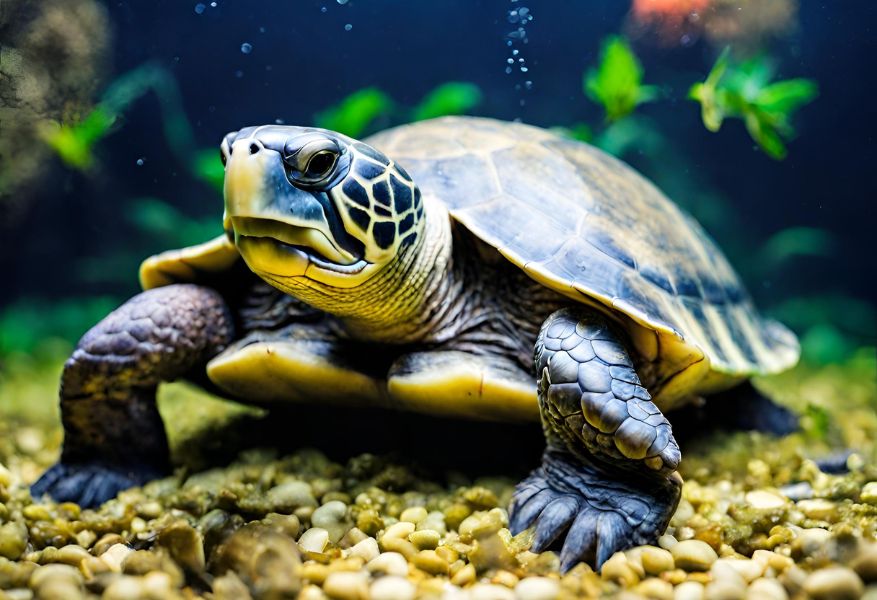
Preventing Illness From A Dirty Turtle Tank
Can a dirty turtle tank make you sick? It is important to prevent illness from a dirty turtle tank by maintaining water quality, cleaning and disinfecting the tank, and practicing proper handling and hygiene.
Maintaining water quality is crucial to keep your turtle healthy. Regularly check the water parameters such as pH, temperature, and ammonia levels. Use a filter to remove waste and debris, and consider using a water conditioner to neutralize harmful chemicals.
Cleaning and disinfecting the tank should be done regularly. Remove any uneaten food, feces, or dead plants to prevent water pollution. Use a safe turtle tank cleaner and follow the instructions carefully to ensure the removal of bacteria and parasites.
Proper handling and hygiene are essential to avoid any potential health risks. Wash your hands thoroughly before and after handling your turtle or working in the tank. Use gloves when necessary and avoid cross-contamination with other surfaces or pets.
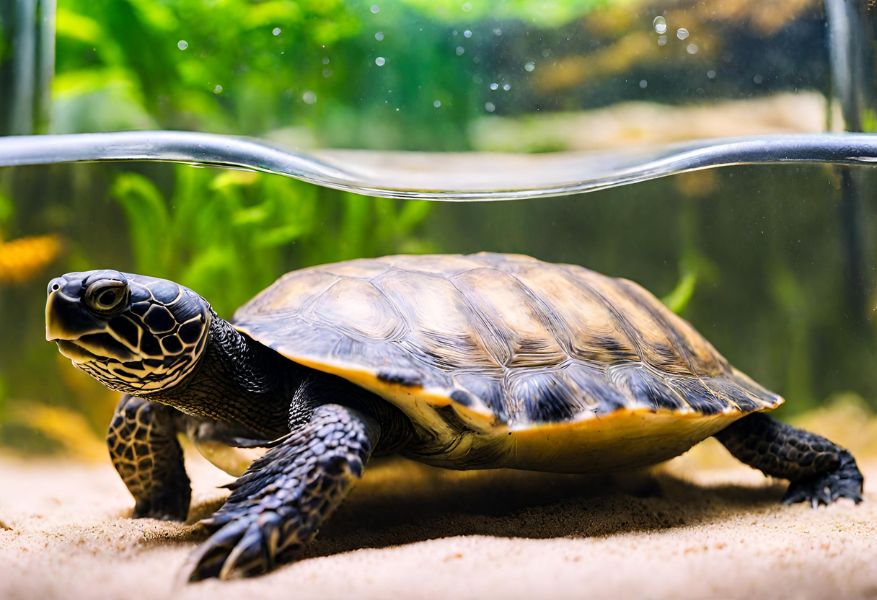
Common Illnesses Caused By A Dirty Turtle Tank
A dirty turtle tank can pose serious health risks, leading to various illnesses in both turtles and their owners. One common illness associated with a dirty turtle tank is Salmonella infection. Turtles are known carriers of Salmonella bacteria, which can cause severe gastrointestinal symptoms in humans, including diarrhea, fever, and stomach cramps.
Moreover, a dirty turtle tank can also contribute to respiratory issues in both turtles and humans. Ammonia build-up from waste products can lead to poor air quality, causing respiratory problems such as wheezing, coughing, and shortness of breath.
Additionally, a poorly maintained turtle tank can result in shell and skin infections. Accumulated bacteria and debris can cause shell rot, fungal infections, and skin irritations in turtles. For humans, contact with contaminated water or surfaces can lead to skin infections characterized by redness, swelling, and itchiness.
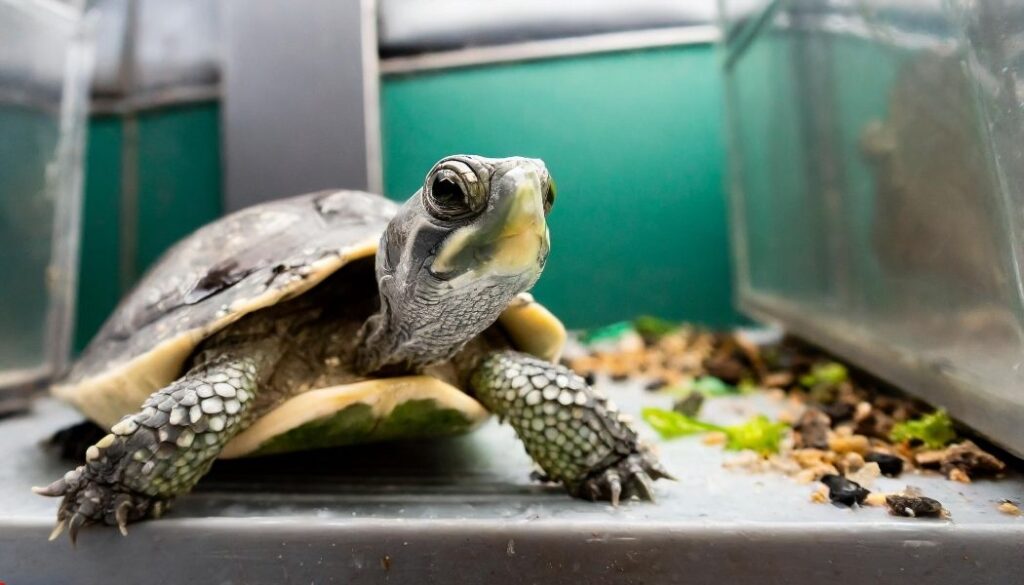
Credit: www.cdc.gov
Conclusion
Keeping your turtle tank clean is vital for both the health of your pet and your own well-being. Neglecting tank maintenance can lead to the growth of harmful bacteria, which can potentially make you sick. By regularly cleaning and sanitizing your turtle tank, you can create a safe and healthy environment for your beloved pet and prevent the risk of illness.
Remember, a clean turtle tank equals a healthy turtle and a healthy you.

